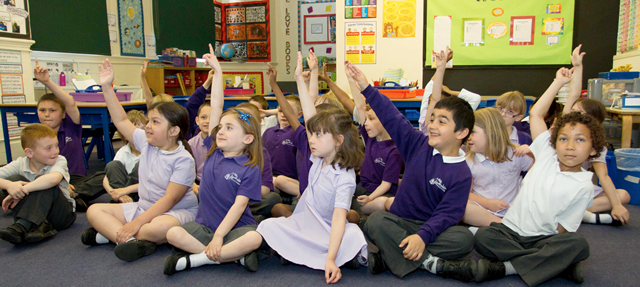
[dropcap]One[/dropcap] in five young people in Ireland suffer from a mental health disorder and Ireland has the fourth highest rate of suicide in the world. They are big figures for such a small country.
Irish people are known for trying to brush their problems under the carpet and shamefully hide what they do not want to be known as by ‘the parish’, which has lead to bigger and bigger problems coming to the fore regarding the mental health of this country.
A nasty spotlight has been shone on mental health in recent years, however, and it was badly needed. Teen suicide rates have been steadily on the rise since 2012, coinciding with the prosperity of social media and cyber-bullying.
Yet not everything can be blamed on the internet. Mental health services in primary and secondary schools across the board are next to non-existent. How can a forty minute or less check-up session with your overrun and tired guidance counsellor in secondary school be of any help? How are they supposed to notice that you are depressed when you do not even know it yourself?
Mental health has been catapulted into the limelight by numerous different people and campaigns. Bressie speaking out about his depression and campaigns such Cycle against suicide have become nationwide.
But why has the way schools look at mental health not changed?
Schools in Ireland seem to have a reactive, rather than an active mentality towards mental health. If something happens, then it is dealt with, otherwise it flies under the radar.
Almost 75 per cent of all mental health disorders first emerge between the ages of 15 and 25. This lands in the laps of secondary schools, where resources are tight for teaching, never mind extras like counselling.
Even the government has not been fighting the right battles in terms of youth mental health. Take the Government’s decision to abolish dedicated guidance counsellor allocations for schools, for example. This has dramatically reduced access for young people to counselling supports.
Mentally healthy young people are more likely to enjoy good mental health as adults. Research has also shown that resilience and coping skills are best developed early in a person’s life. So why are schools not reflecting the obvious need for mental health services for young people?
It is not just schools in Ireland that are finding it difficult to help their students, it is the same all over Europe. Schools cannot adequately provide sufficient mental health support to their students.
A number of problems blocking the implementation of mental health policies in schools are to blame. These include limited staff capacity, limited access to specialists and local mental health services, and a lack of funding and national policy.
Yet should these problems be stopping the importance of promoting positive mental health? The cost of poor mental health in Ireland was estimated to be €3 billion, in 2006.
The budget for mental health is now €853 million. Hopefully some of this will be put where it is much needed, in primary and secondary schools.
Lucy Mangan


